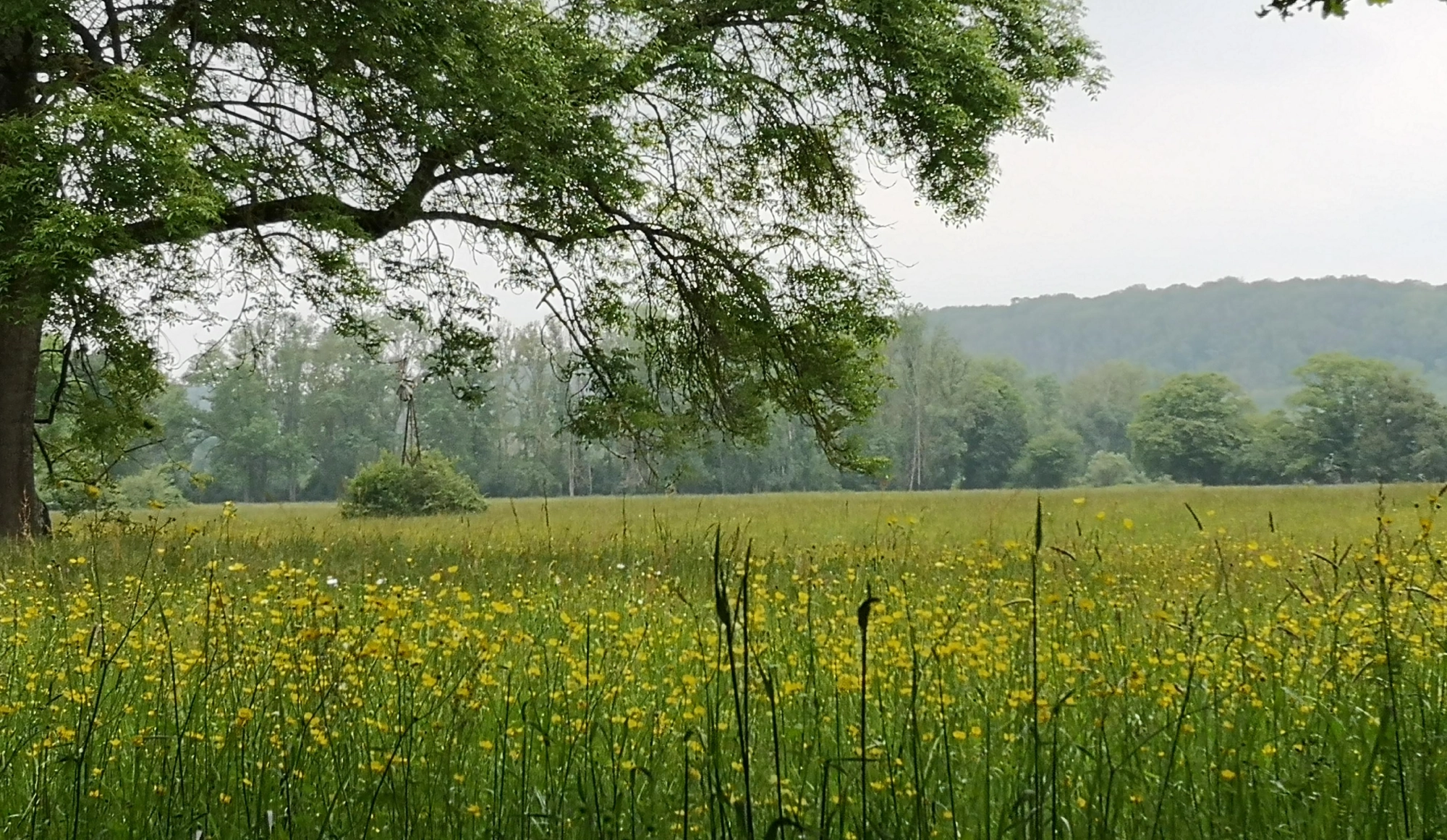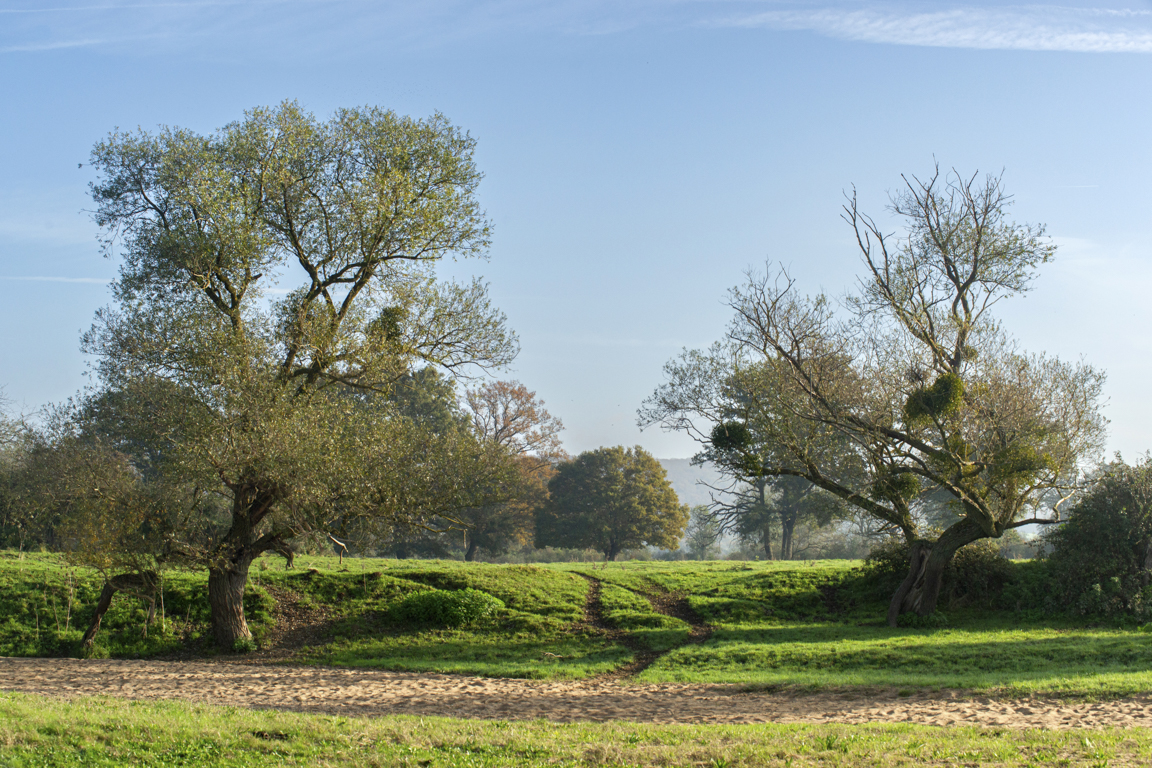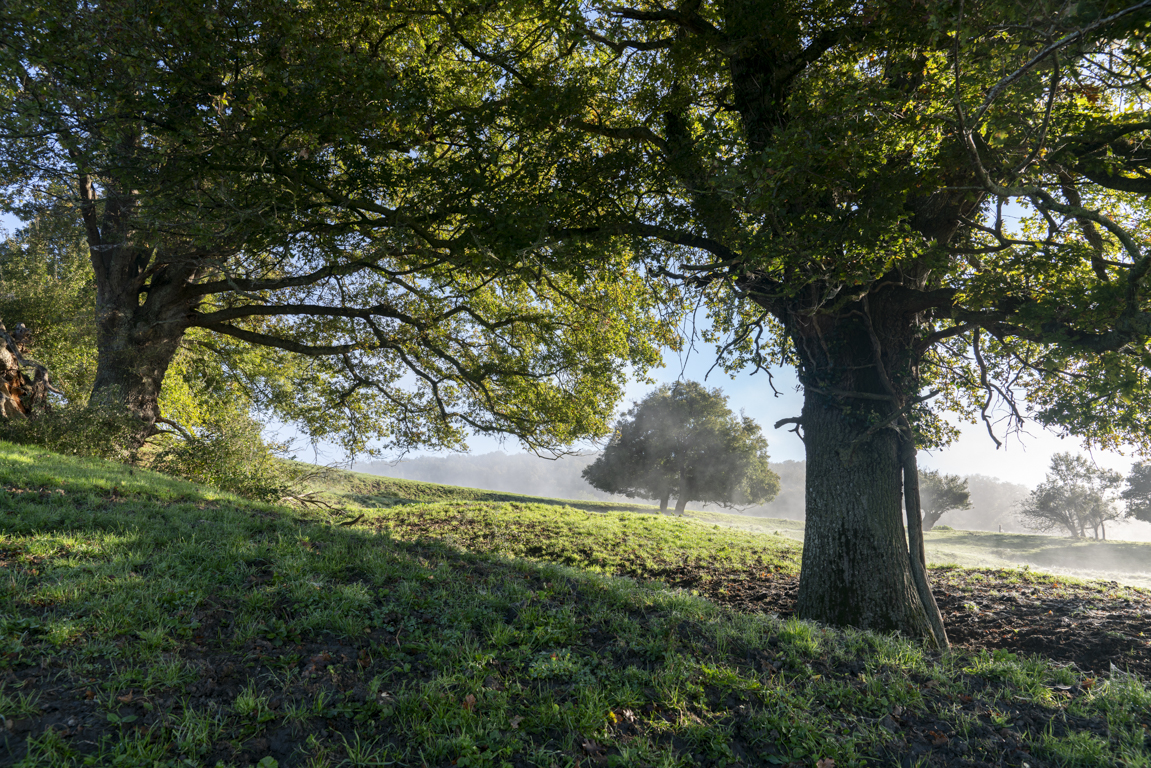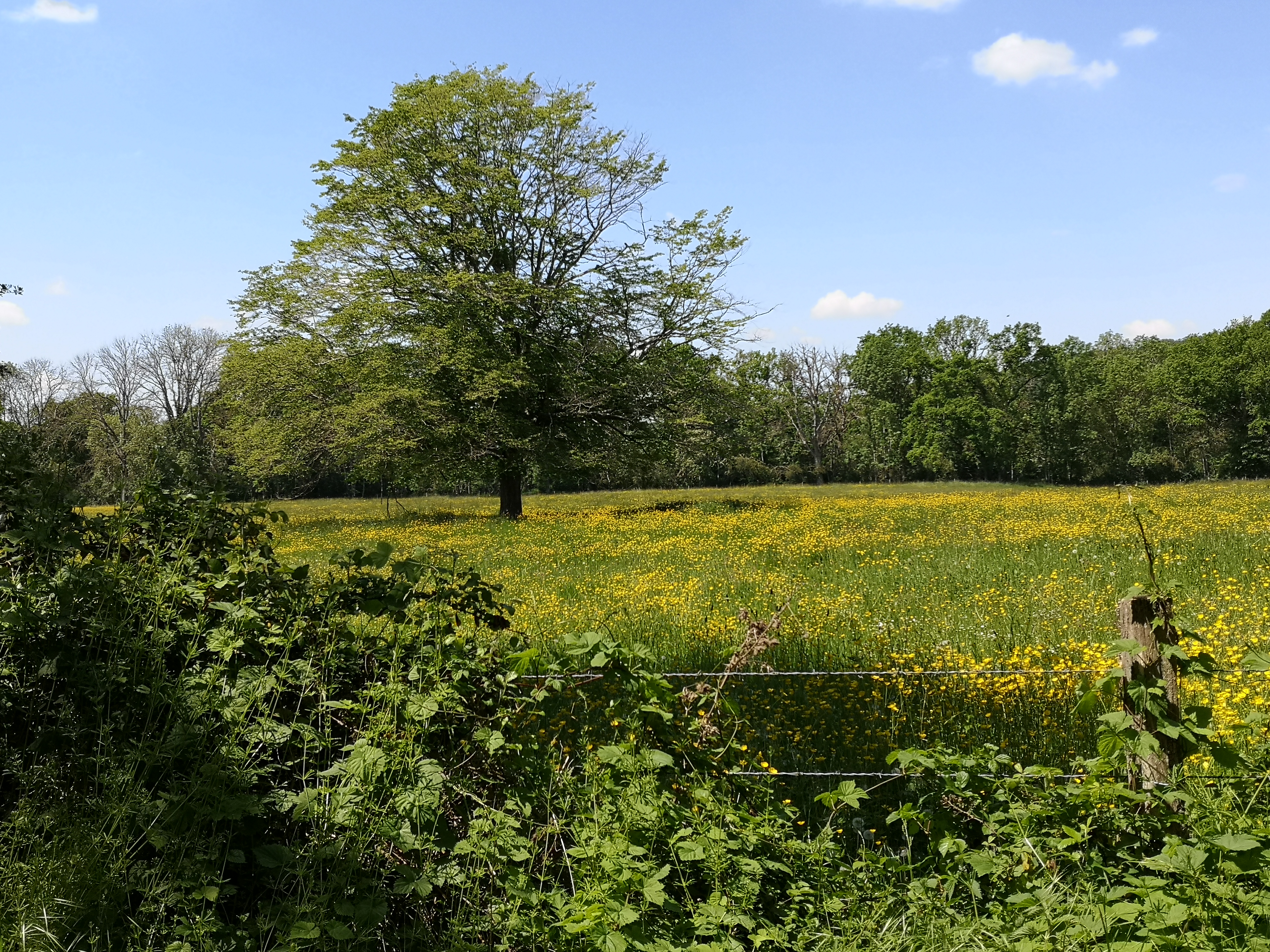On the river Cher, Noirlac Abbey watches over its bocage, farmed by Cistercian monks from the 12th Century.
Still in use for livestock farming, it has kept its original appearance with meadows separated by hedges, husbanded by farmers.
Today it has a Sensitive Natural Area label, and is home to a rich flora and fauna, including the European bee-eater, the sand martin, or the great capricorn beetle, an insect living exclusively on hundred-year old oaks.
Teeming ponds where crested newts splash around, hundred-year oaks - the only feeding ground of the great capricorn beetle - and wetland meadows compose a rare bocage area, which has a flooded forest, an increasingly uncommon occurrence in France.
The river Cher’s alternating cycles of flooding and low-water periods have shaped the landscape and are able to feed an inventory of 427 species, including 260 plants and 50 birds. The European bee-eater, the sand martin, the red-backed shrike - three protected species - nest between the cliffs and the sandbanks.
This ecosystem was strongly affected in the past by sand extraction, halted in 1987, and by the invasion of exogenous plants (from outside the ecosystem) such as the hybrid knotweed, ragweed or the black locust tree.
Today the Departmental Council of the Cher wishes to make this natural setting accessible and alive. This is why the Abbey has a Nature Guide who offers visits and activities aimed to discover this area.
What is an ENS (Sensitive Natural Area)?
An Espace naturel sensible (ENS - Sensitive Natural Area) is a noteworthy natural site, recognised for its ecological and landscape characteristics. The Cher département has 24 ENS-labelled sites today. They are home to exceptional fauna and flora and belong to public and private owners. They are managed by a number of stakeholders whose aim is to preserve them and to make them known to the public. These stakeholders work together using a plan created by the département in order to offer coherent and adapted actions.
The Département’s aim is :
• to make these natural settings accessible
• to make them a genuine part of their territory
• to create links with other natural environments and tourist sites
• to raise awareness of the fragility of ecosystems
• to make us all aware of our role in the preservation of water, air and soil quality









